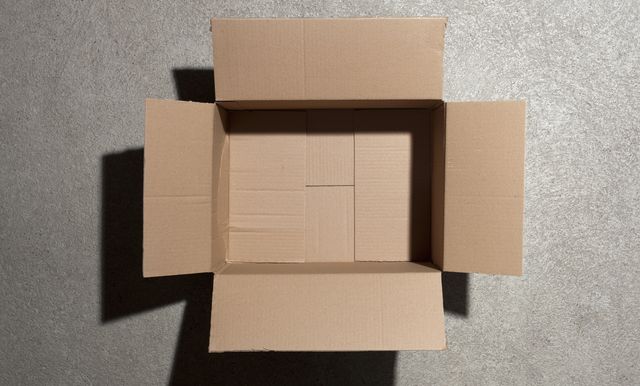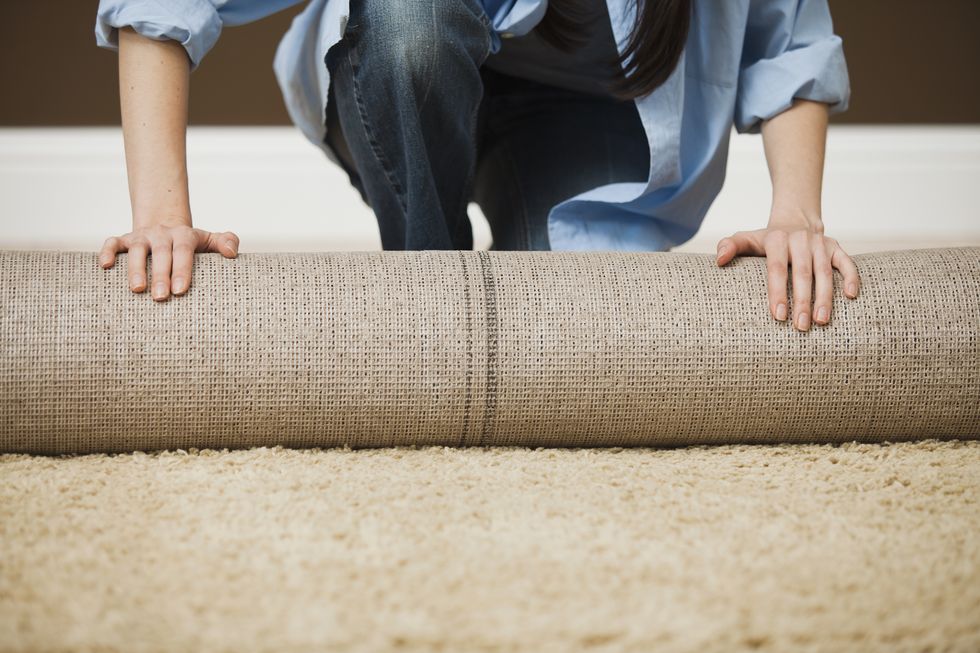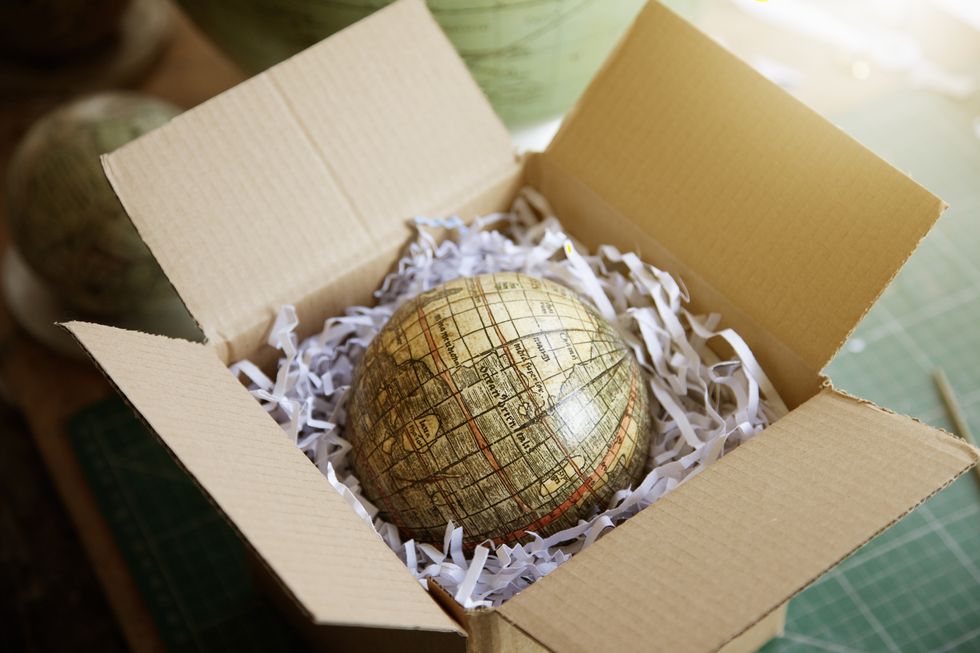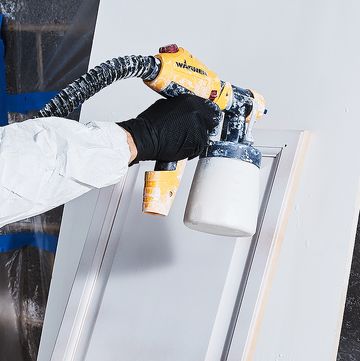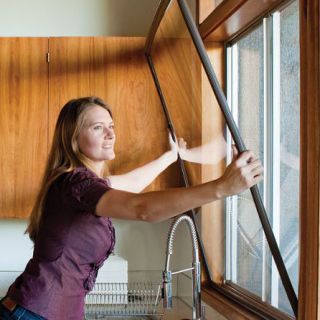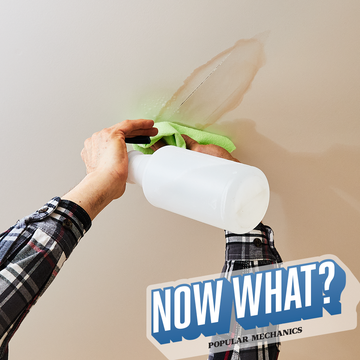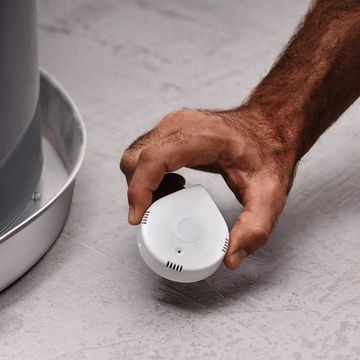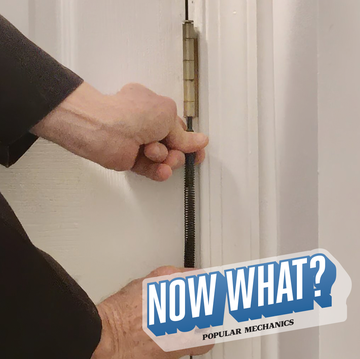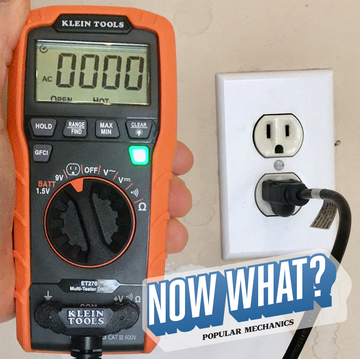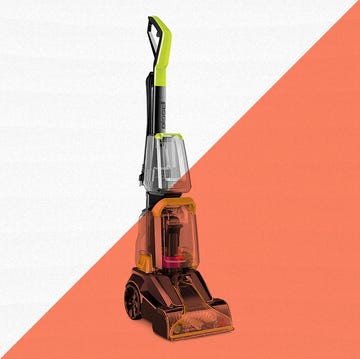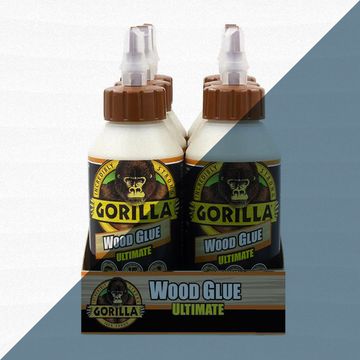Moving is like starting a game of chess. You know that no matter how well you do, you're going to finish with fewer pieces than when you started out.
Forty million Americans move every year, and 80 percent of them move from April through September, so we're now in the thick of what of what professional movers call "pandemonium season."
If you find yourself in that 80 percent, follow our moving tips to make it a smooth transition, with all your stuff (and your sanity) unbroken upon arrival.
Tape With the H-Pattern
Fold box flaps together and run a piece of strong clear packing tape over the seam, making sure to start the tape a few inches over one side and end it a few inches over the other. Then run a piece of tape over the remaining two seams so that, looking down on the box, the tape makes an "H". Do the same on the bottom. If the box is going to hold something heavy, reinforce the bottom by doubling up on the tape.
"Our military has some of the strictest requirements in the industry," says Jim Van Haaren, a recruiter for the moving company Stevens Worldwide Van Lines. "This method is approved by the military as the safest and strongest way to secure boxes."
It also has the added benefit of keeping dust and bugs out.
Pack Books and Canned Food In Small Boxes
Medium-size boxes or bigger are too big. Books are just little blocks of wood, and boxing them up creates big, heavy blocks of wood. They can hurt movers, slow down your move, or break and spill your stuff all over the street, moving truck, or floor.
"Our team dreads large boxes filled with books," says Rachel Lyons, director of marketing and business development at Olympia Moving. "Clients often make the same mistake with canned food."
She recommends you back cans in small boxes and not in plastic totes or larger boxes.
Color Code
"To me, the moves that always seems to go the smoothest were the ones where the shipper was well-organized," says Kevin Callahan, an 43-year veteran of Paxton Van Lines.
Color-coding stickers on boxes to certain rooms in the new home makes it easy for movers to know where everything goes, adds Lyons. If all orange-sticker items go in the master bedroom, for example, there's less for you to shuffle after the move is over.
“I always liked to diagram the whole layout of the room,” Van Haaren says. “The layout (at the new home) is often the same or similar.”
He recommends you sketch where furniture goes for each room and hand it to the movers.
Pad Up the House
Banisters are often damaged as bulky furniture is moved, banged, and bashed up and down stairs, and door jambs are narrow choke points that love to hang up couch feet and table legs, so place commercial pads over these vulnerable areas. If you don't forget to keep your screwdriver unpacked, you can remove doors to free up more wiggle room. Sometimes an extra inch or two is all a stubborn chunk of furniture needs to get by.
Roll Out the Carpet
"Floors tend to receive the most damage when moving," Van Haaren says. Roll out long pads of carpet or neoprene, called runners, through main hallways and in rooms that'll receive the most traffic during the move. They save carpet, tile, linoleum, and especially wood floors from stains and damage as moving carts and hand trucks roll heavy loads.
Like with pads for banisters and door jambs, full-service moving companies provide and set up runners, but if you're doing the move yourself or only hiring people to move boxes onto your U-Haul, then you'll have to handle the padding yourself.
Detach Your Appliances
If you can safely handle the weight, slide your washer and dryer away from the wall. Disconnect their electrical plugs and then the dryer vent, which should be a simple squeeze-to-loosen metal ring or a ring clamp loosened by a screwdriver.
For the washer, turn off the water supply and ready a bucket under the hose connections, and then loosen one of the hoses. It'll leak, so catch the water in the bucket, and angle the hose into the bucket to drain. Cover the hose end with a plastic grocery bag and either tape or rubber-band it closed. Loop the bag-covered loose end into the part of the machine where you put clothes.
Do the same for the other hose, gently close the lid over the hoses, and use a piece of packing tape to secure the lid. Leave anything plugged in if the thought of moving it freaks you out, and movers will handle it later.
Leave No Space
Extra space in a box is room for the items to bang around and get damaged, so pack each box completely to fill in as much space as you can, says Lyons. If doing so makes the box too heavy or if items are too weird-shaped to allow it, then wad up sheets of acid-free packing paper to stuff in the free space. If you pick up the box and gently shake it, you shouldn't be able to hear items shifting around.
Lay Particle Board On Screw and Nailheads
Particle board is a cheap, common furniture construction that takes waste scraps of wood, slathers them in glue, and binds them into blocks. It makes use of a waste product that'd otherwise be tossed out, and it's typically the only way to afford wooden furniture under a couple of hundred bucks, but it's heavy and fragile.
Position particle board furniture so that its weight rests on the head of fasteners such as nails and screws, Van Haaren says. That'll keep it from shaking itself apart in the truck. If you have to tilt a desk or bookcase upside down or on its side, do it. After padding it in the truck, you can wrap it in plastic to hold it together even better, Van Haaren says.
With these tips in mind, your transition to a new place will be nearly painless—for you and for the movers.
Matt Jancer is a Southern-based automotive and outdoors writer. If he isn't outside getting swarmed by things or asking animals to stay still for photos, you'll find him on the side of the road under the hood of an old car, yanking apart emissions equipment and cursing.
